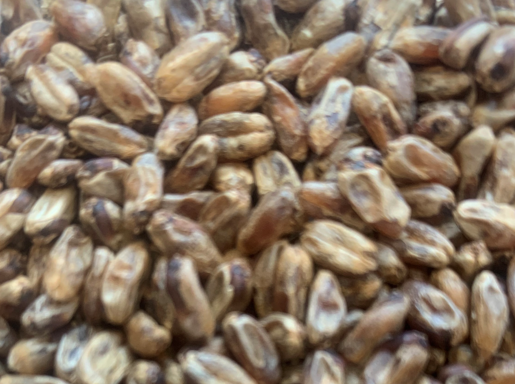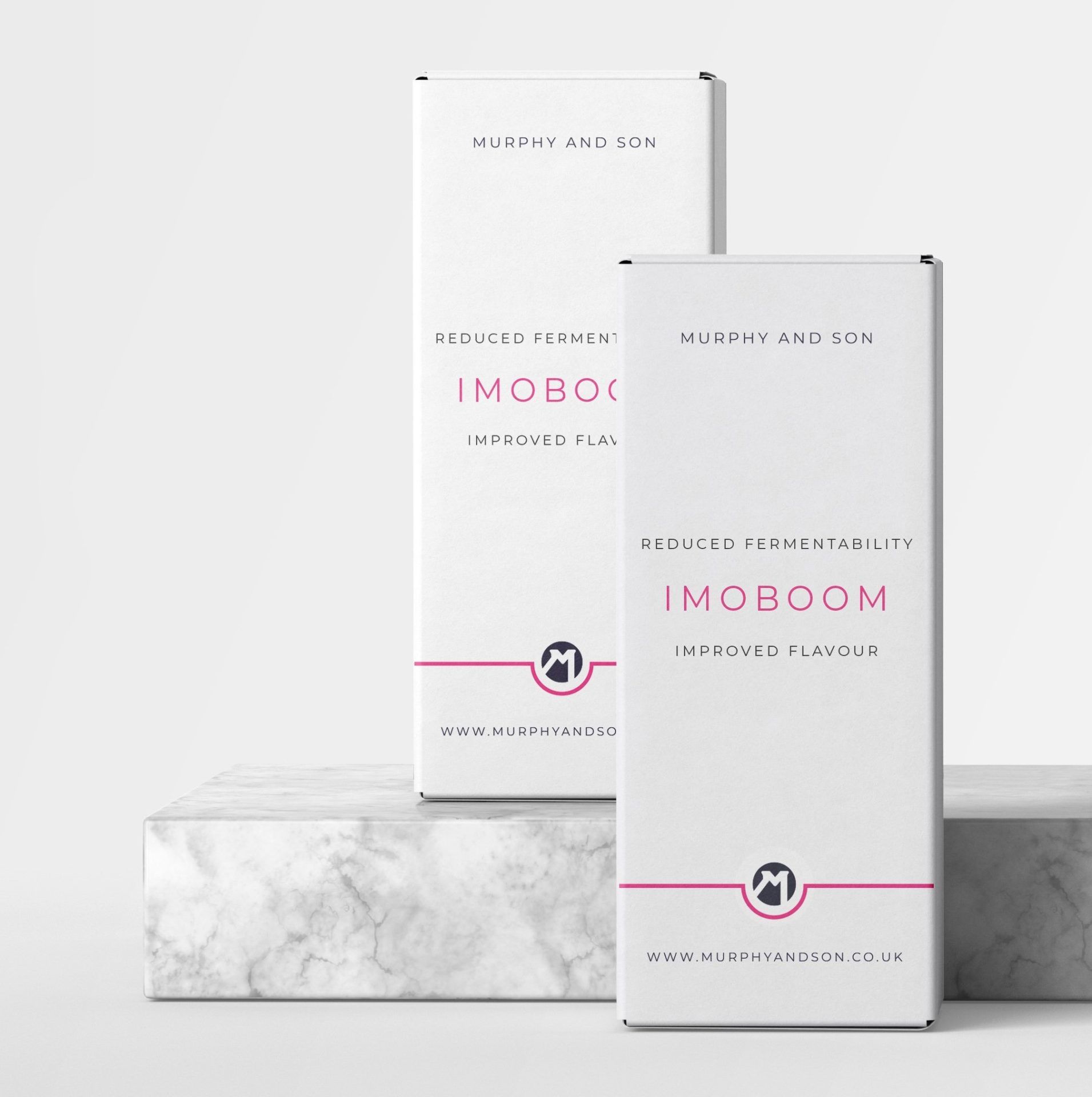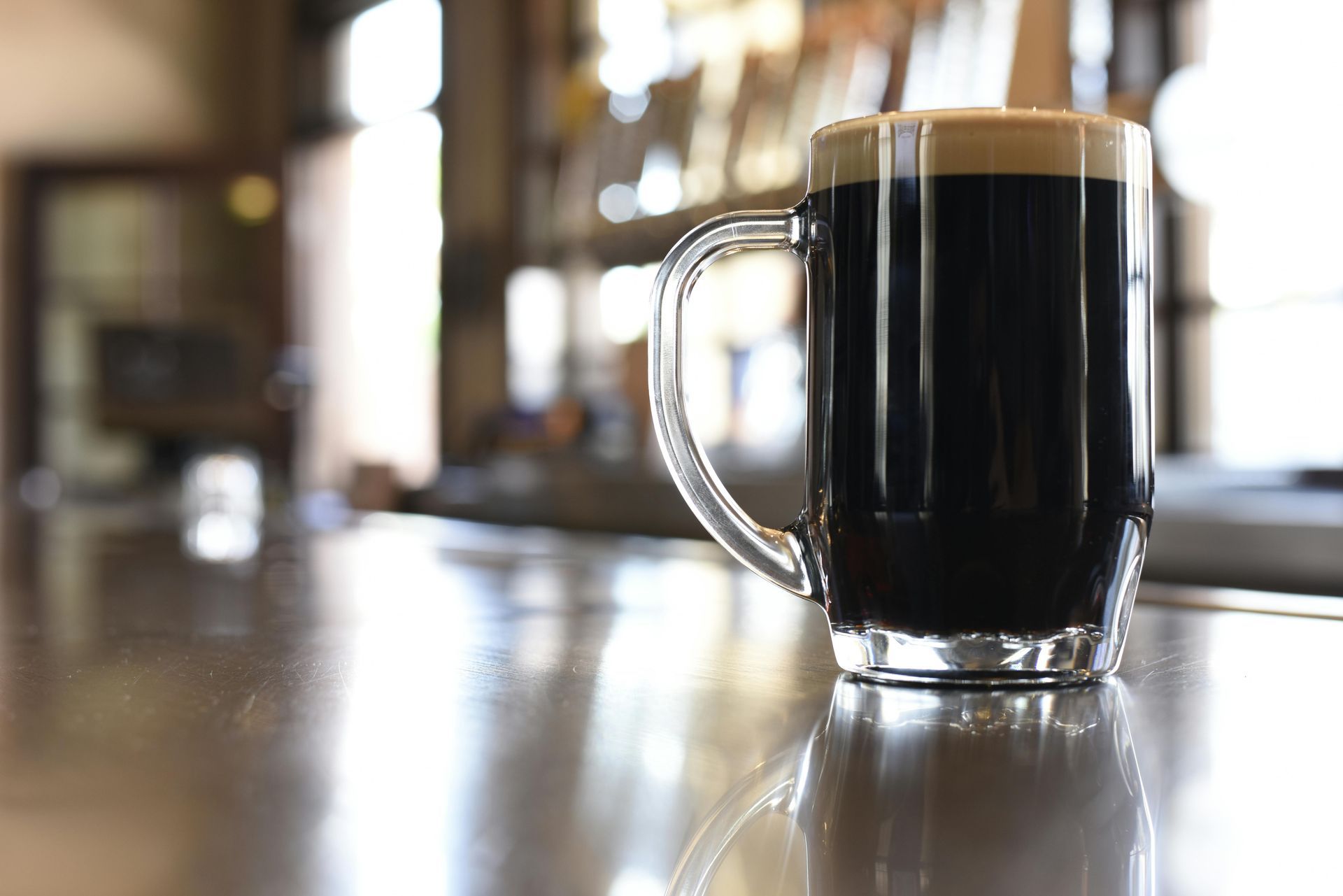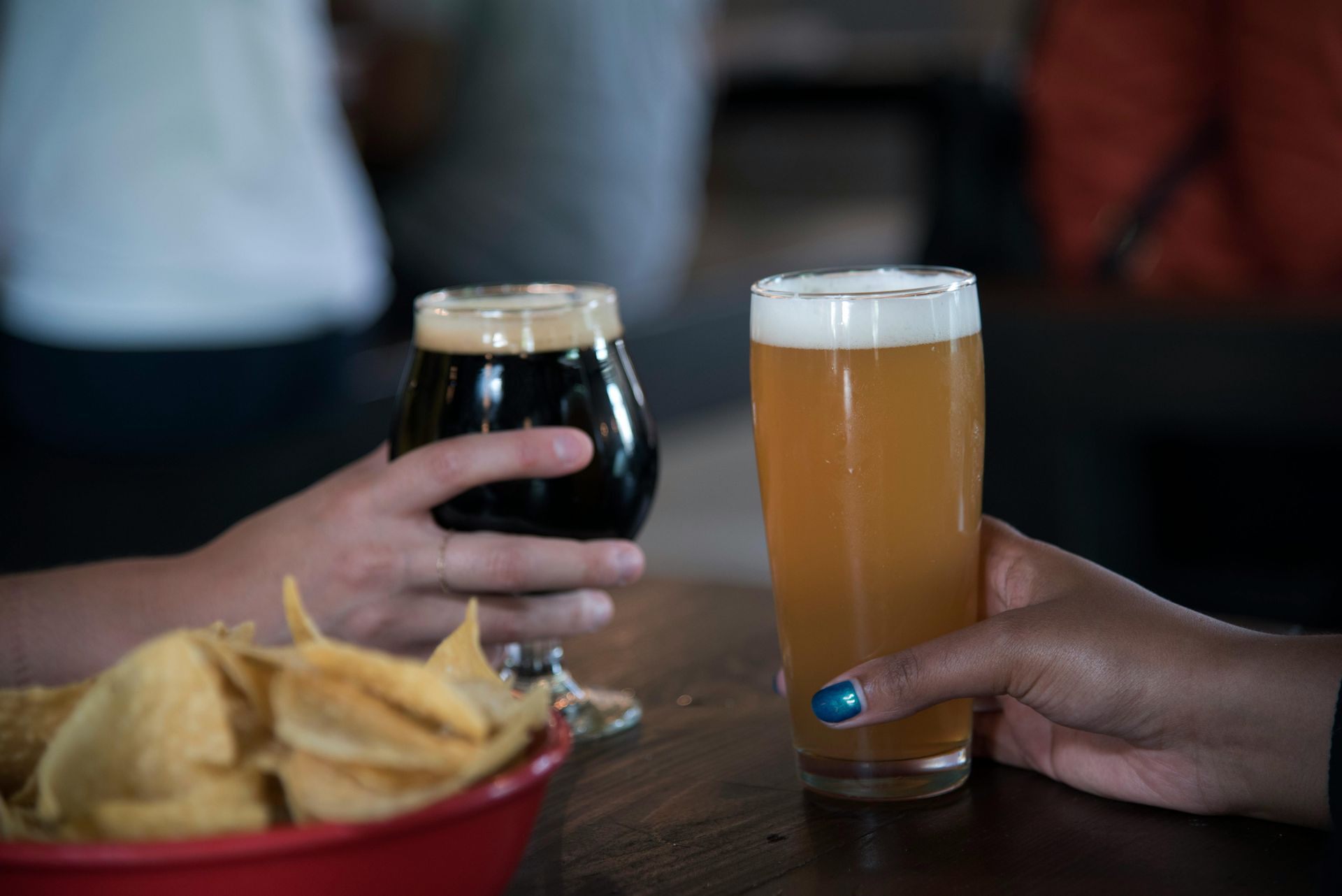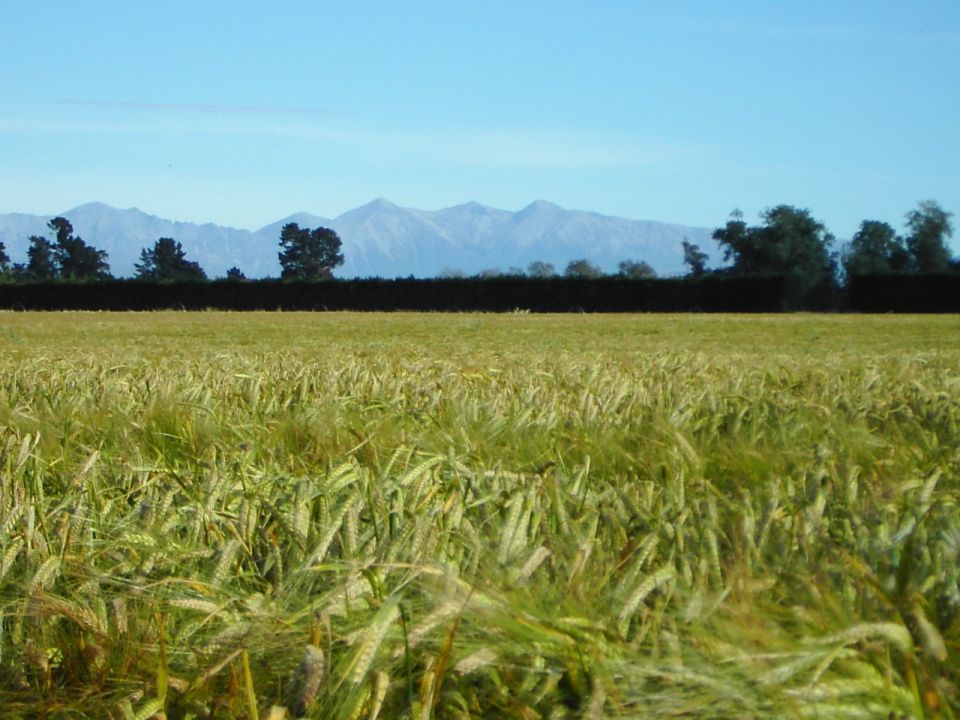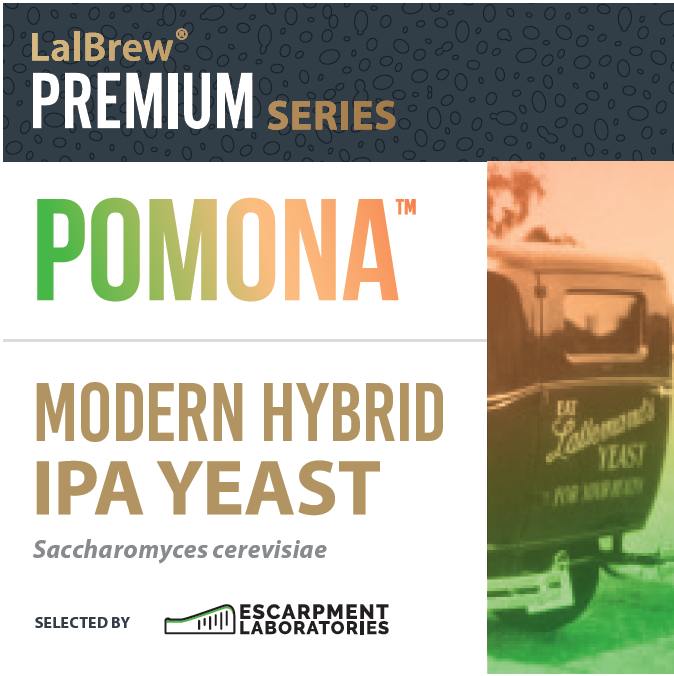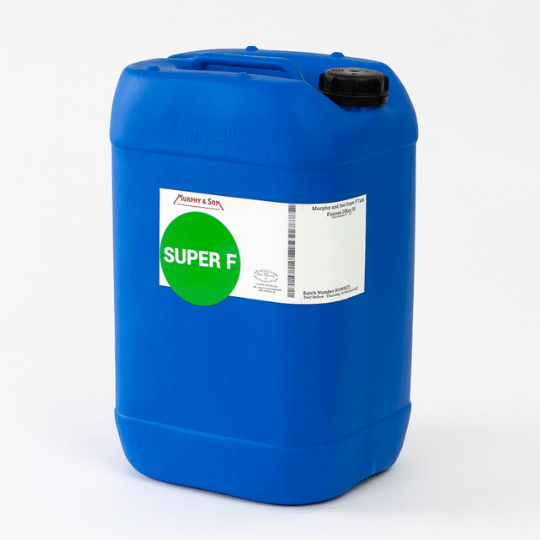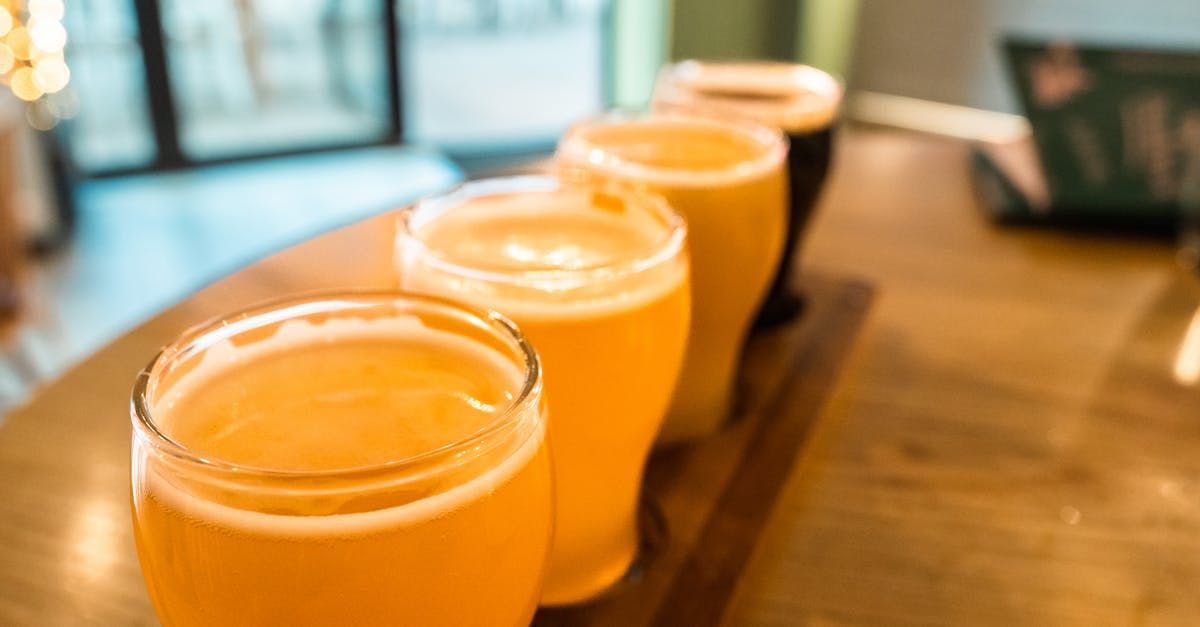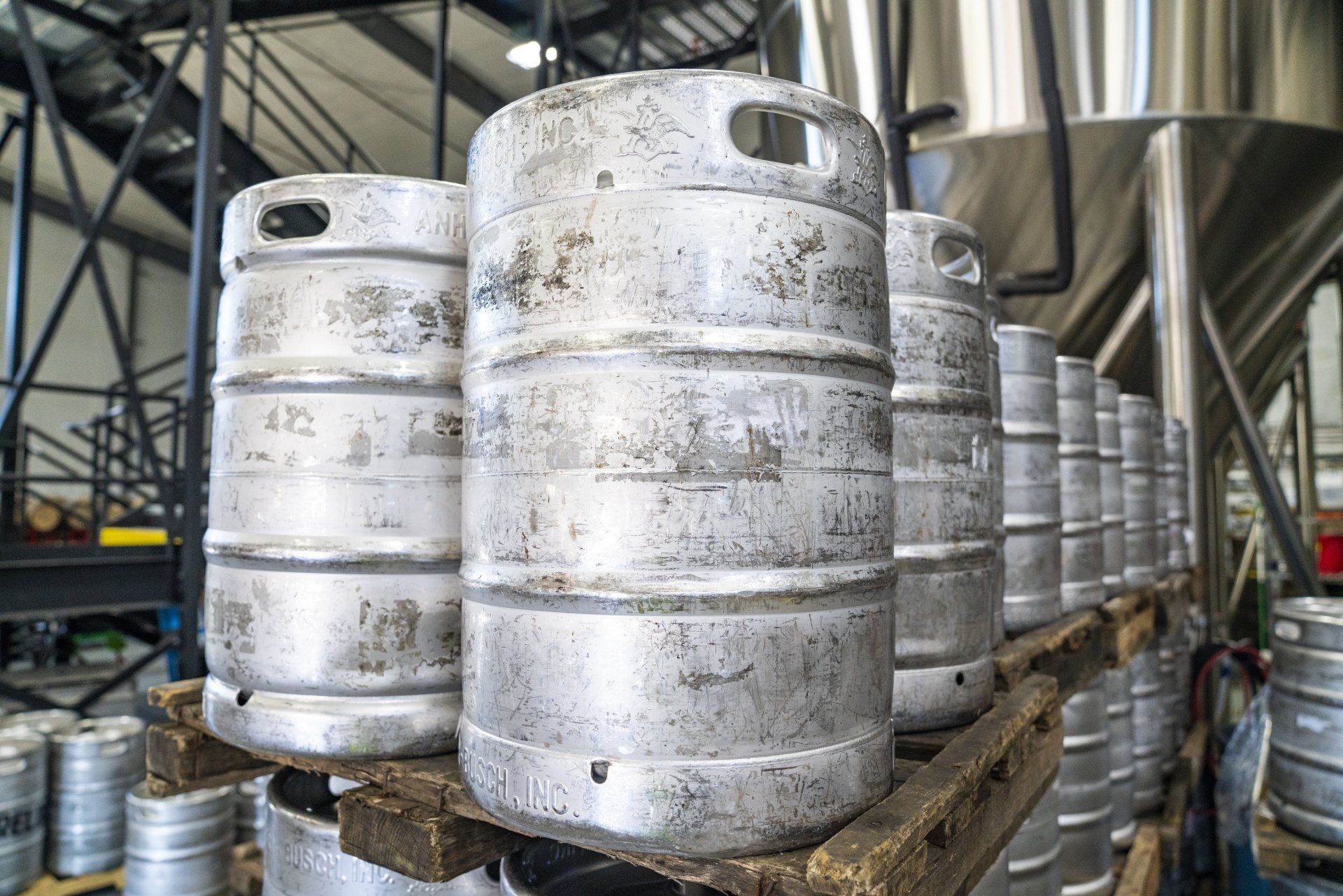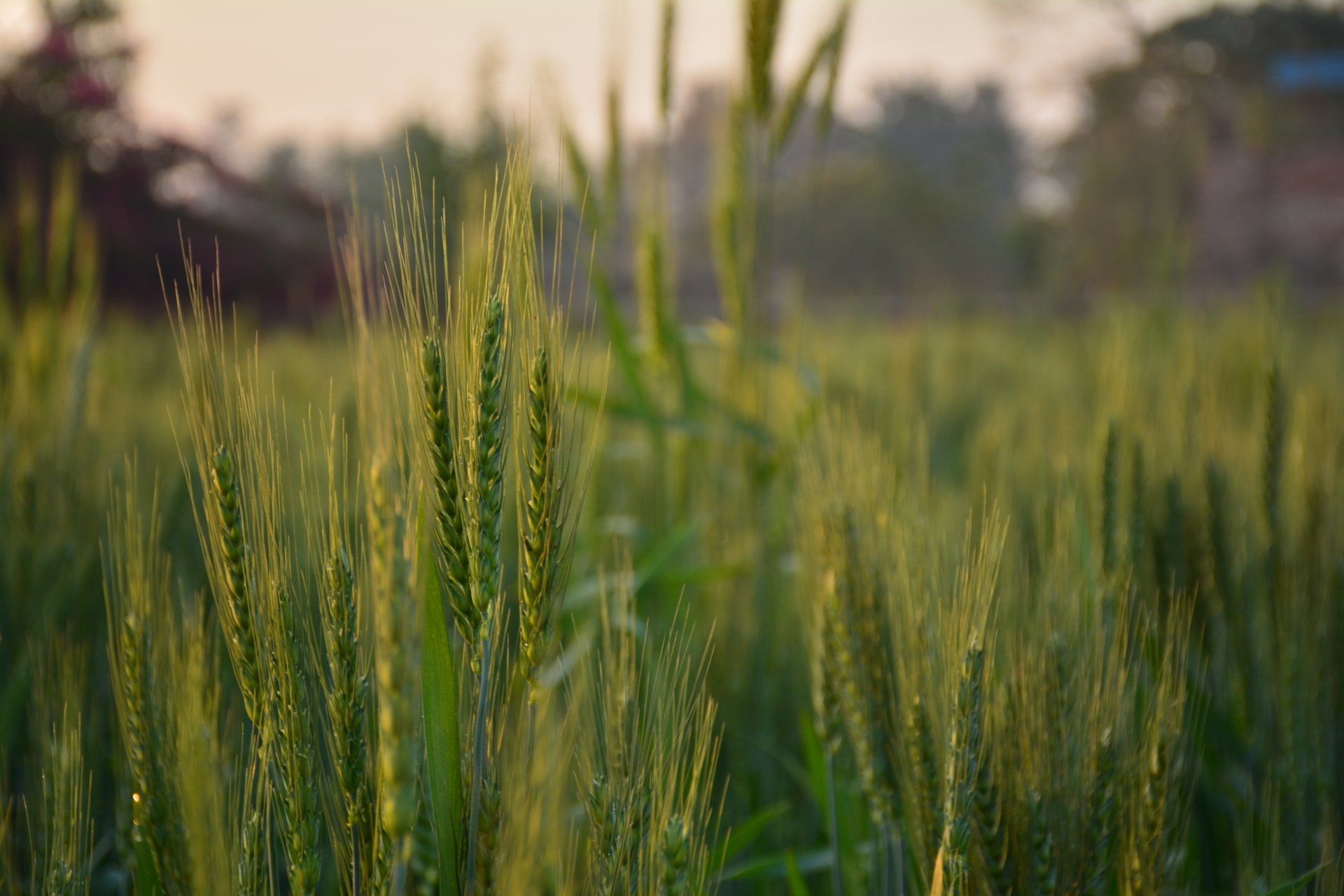Scott Sharp-Heward from Lallemand Brewing brings
CO2 conservation in the brewery
A hot topic these days in NZ

Techniques and concepts for reducing exogenous CO2 dependence
Carbon dioxide is a key process gas in beer production as well as most beverage industry segments. Uses include carbonation, purging of vessels and lines to remove beer-damaging oxygen, and use in cellar movement of beer. Unlike beverages which are unfermented, beer fermentations release significant volumes of CO2, allowing some use of this biogenic CO2 to reduce use of external CO2. In fact, for every molecule of glucose fermented, 2 molecules of ethanol and 2 molecules of CO2 are created. This article explores some traditional and non-traditional concepts of using this fermentation CO2 in the brewery.
Spunding and natural carbonation
‘Spunding’ is the German brewing term for bunging the fermenter to allow CO2 from fermentation to accumulate, typically towards the end of primary fermentation. This CO2 pressurises the fermenter headspace and will begin to dissolve into the beer based on CO2 the equilibrium constant (taking into account headspace pressure and temperature of beer). When the beer is cooled, more CO2 can be dissolved in the beer, and thus it will absorb more again from the headspace. In this way, brewers can achieve some or all of their carbonation in the finished beer from ferment CO2 stored in the headspace of spunded tanks. This is commonly referred to as ‘natural carbonation’.
How practically to approach spunding and natural carbonation? A ‘spunding valve’ is essentially a variable pressure release valve. These can be added to the fermenter off-gassing arm, and set to release gas at a desired internal pressure. As the initial mixture of gases in the headspace of your FVs will likely contain oxygen, it is worth holding off on spunding your tanks until the final 0.5-1.0˚ Plato (1.002-1.004 SG points) of fermentation gravity remains. This also guarantees adequate off-gassing of worty and sulphur containing compounds (like DMS and H2S) before spunding. Determine what pressure to set your spunding valve to by first choosing your desired final beer specification for dissolved CO2; using this and your cold conditioning temperature, look up on a CO2 solubility chart such as
Zahm-Nagel-CO2-in-Beer-Chart.pdf (zahmnagel.com) and work up to find what your rough spunded pressure should be. For example, a beer conditioning at 1.11˚C and 10 PSI pressure will over time reach the equilibrium CO2 content of 2.58 volumes. In reality, many other factors also affect this process, such as volume of headspace, surface area of the beer-gas interface in the tank, and beer density. Additionally, as the beer CO2 content approaches the equilibrium value, dissolution speed slows considerably. This can be sped up by using a higher headspace pressure than that for the correct desired beer CO2 volumes, but comes with the risk of overcarbonating.
Other benefits of gaining the majority of carbonation from spunding include: often better beer foam quality and retention, and better retention of hop volatiles (due to less CO2 stripping). Negatives of using this method are (maybe, each brewery is different) longer postfermentation FV residence time to allow enough CO2 to enter the beer, investment in spunding valves, and that carbonation by this method is slower than using a stone.
Purging Bright Beer Tanks
While not the principal gas this article is directed towards, atmospheric Oxygen gas (O2) is one that costs brewers much CO2 trying to avoid its contact with finished beer. Below are a few ideas of how to save CO2 in this area.
- N2+ CO2 purges: Using N2 gas for the majority of BBT purging and finishing the job with CO2 may help to significantly reduce CO2 use. N2 can be purchased through gas suppliers or created with a Nitrogen generator- in both cases it is worth checking the purity of the N2 for suitability of use. NB: N2 is very effective at stripping other gases from solution in liquids- be aware of this if using N2 for cellar work such as rousing dry hops.
- Displacement with HLT water: Filling the BBT to be purged full of HLT water, and then displacing this water into another BBT or back into the HLT with water. This a relatively time intensive and dangerous process as it involves the movement of large amounts of hot water. It is good practice to verify the BBT its still sanitary after HLT water is pushed out- a commonly used method for this is ATP snap tests.
- CIP in CO2 atmosphere: If brewery sanitation is good, it may not be necessary to utilise a caustic CIP between each use. As caustic and CO2 react destructively, typical practice is to empty the BBT of CO2 before attempting a caustic CIP, thereby requiring re-purging of the BBT from atmospheric O2 concentrations. If suitable, BBTs could be cleaned by cold-water CIPs with acid cleaners for many rounds of use before needing a caustic CIP. By avoiding emptying of CO2 from the BBT before CIP cycle, much purging CO2 can be saved. Suitability for this method should always consider the possibility of cross-contamination with the yeast strain used in the previous beer in the BBT; do the strains have vastly different attenuations? Would cross-contamination lead to further attenuation in package?
Gas balance lines when transferring beer
Rather than injecting fresh CO2 into the fermenting vessel to provide top pressure for filtration/centrifugation done under pump, a cleaned and sanitised, CO2 purged ‘balance hose’ can be used to join and equilibrate the headspace pressures of the sending and receiving vessels. This can be done by attaching a product grade, pressure rated brewery hose to the blowoff/CIP arms of both vessels and gently opening both valves to (slowly!) equilibrate the pressure. At this point the beer is move purely under pump from sending to receiving vessel, whether it be through a filter, centrifuge, or as a direct transfer.
Bottle/Can conditioning
By utilising refermentation in package with yeast and a priming sugar or krausen, we can decrease overall CO2 usage further. Lallemand Brewing has a Best Practice guide which can be found here: LAL-bestpractices-Bottle conditioning - print+bleed (lallemandbrewing.com). It is important to make sure that the correct amount of priming sugar is being used for the desired carbonation volumes - to avoid over or under carbonation in package.
Keep in mind that when attempting new cellar operations, it is strongly recommended to use a dissolved oxygen meter which can read liquid and gas phases to avoid incorporating oxygen into your beer. Likewise, CIP verification tools such as ATP luminescence are also recommended for new cellar operations, as a means to help guarantee sanitation (for example adding yeast for bottle conditioning).
